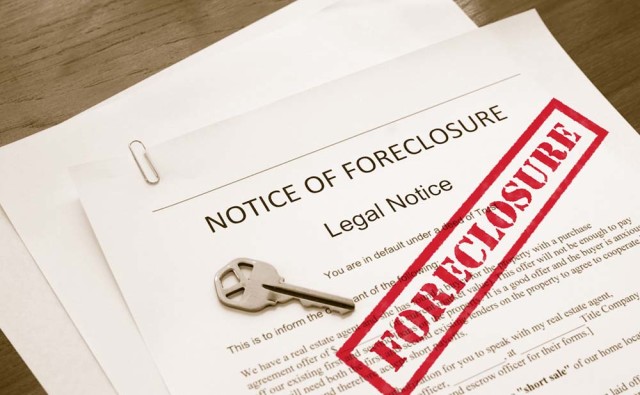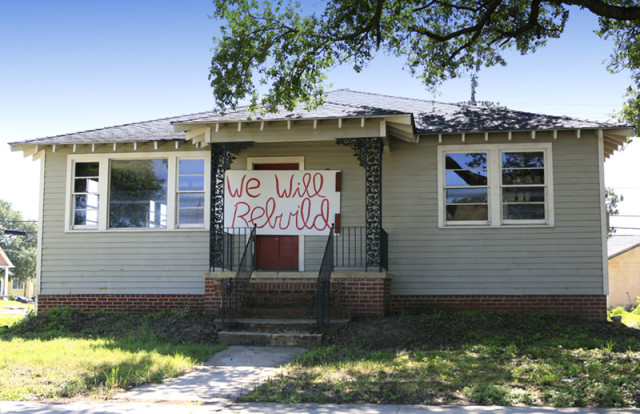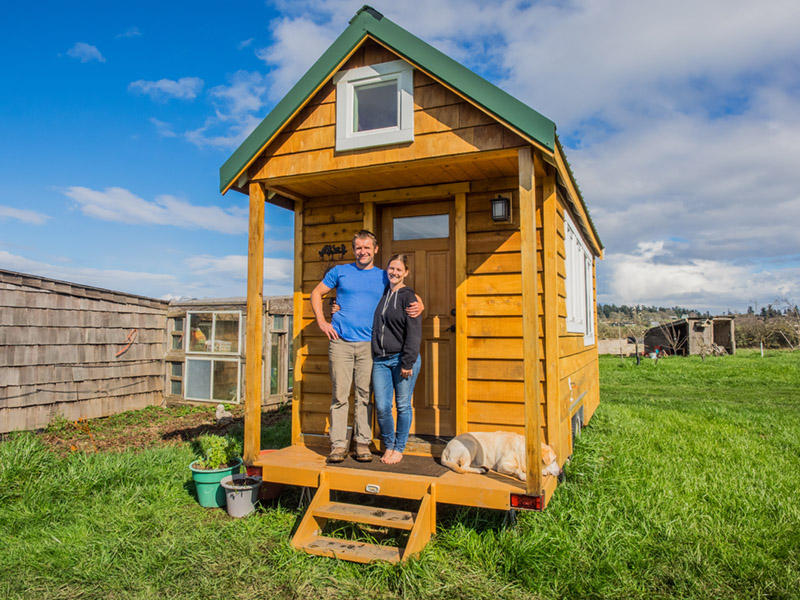To celebrate Zillow’s 10-year anniversary, we’re looking back over the past decade and taking stock of the events that have defined real estate as we know it today. Here are the highs and lows that have made this past decade so exciting and volatile.
1. Market collapse
The housing bubble fueled by subprime mortgages, low interest rates, and federal policies to promote affordable housing finally burst in 2008 when Washington Mutual declared bankruptcy and housing prices dropped dramatically.

When the housing bubble burst, many homeowners found they could no longer pay their mortgages.
The market collapse resulted in millions of foreclosures and contributed significantly to the Great Recession. Homeowners across the country lost their savings and investment as home values depreciated.
2. Federal takeover of Fannie and Freddie
In September 2008, the federal government took temporary control of the government-sponsored enterprises Fannie Mae and Freddie Mac. The two companies experienced a plunge in stock prices after the collapse of the housing market, threatening to further destabilize the American economy.
The $187-billion federal bailout drew criticism concerning the government’s involvement in housing finance, and whether these giant housing entities should even exist.
Nonetheless, Fannie and Freddie continue to guarantee over half of new home mortgages and protect the existence of 30-year fixed rate mortgages preferred by American home buyers.
3. The Internet becomes a major lead generator for home buyers and renters

Online listings arm home shoppers with more information, right at their fingertips.
It’s hard to believe that a mere decade ago, home buyers were still using newspaper listings to find available properties.
Detailed real estate information was only available to professionals, and even then the data was not nearly as comprehensive as what is readily available to anyone online today.
Buying, selling and renting a home in 2016 is a much more transparent process thanks to websites that put property details, market trends, historic records, and other valuable information at your fingertips.
4. Mortgage rates hit historic lows
On November 21, 2012, the average interest rate for a 30-year fixed rate mortgage reached a record low of 3.31 percent.
A struggling economy and federal policies aimed to stimulate the housing market resulted in mortgage rates that were highly favorable to home buyers.
The White House unveiled federal programs to encourage homeowners to refinance at the lower rates, and home prices grew, thanks to an increase in home buyer demand.
5. Detroit declares bankruptcy
On July 18, 2013, Detroit, MI filed the largest municipal bankruptcy in U.S. history. The city’s real estate market reflected its dismal economic state: the population had shrunk to a mere 700,000 people in 2012, while 100,000 homes were sitting vacant and many others were facing foreclosure.
Despite exiting bankruptcy in 2014, Detroit’s housing market continues to be plagued by negative equity and falling home values.
6. Federal and local agencies work to rebuild the Gulf Coast after Hurricane Katrina
The worst storm in U.S. history created more than $100 billion in damages, displaced more than a million residents, and destroyed over a million homes. Rebuilding those homes would take several years, and forever change the cultural heritage of the Gulf Coast region.
Despite a revival in the region’s real estate market, many evacuees (and low-income residents in particular) have not returned.

Hurricane Katrina had a devastating effect on the Gulf Coast’s homeowners and housing market.
7. Tiny homes disrupt the “bigger is better” paradigm
The preference for smaller, more efficient living spaces challenged the increasing size of American homes. At less than 400 square feet each, tiny homes occupied an oversized footprint in real estate news with the release of several tiny house documentaries and reality TV shows.
These affordable, ecological homes inspired a national conversation about how much space the American homeowner really needs.

Living in a tiny home can be both challenging and rewarding.
8. Millennials and retiring Baby Boomers drive migration to the cities
America’s metro areas have been growing since 2010, spurring a boom in construction of multifamily homes and driving up demand for housing.
Movement to the cities is largely the result of millennials opting for shorter commutes, better professional opportunities, and housing that doesn’t require a down payment, as well as retiring Baby Boomers who want to return to the urban centers they left in order to raise their families in the suburbs.
9. Real estate TV shows prove home buying and renovating is serious entertainment
What makes for better drama than watching people make one of the biggest financial decisions of their lives? The popularity of home-shopping programs such as HGTV’s “House Hunters” (plus its many spin-offs) and Bravo’s “Million Dollar Listing” soared in the past decade.
For viewers more interested in design and remodeling than buying, ABC’s “Extreme Makeover: Home Edition” built on the appeal of home design shows such as TLC’s “Trading Spaces.” The growth of these programs turned watching remodelers and prospective home buyers into a national pastime.

Reality TV programs focused on home shopping and design take viewers inside one-of-a-kind homes. Courtesy of Zillow Digs.
10. The U.S. Green Building Council establishes LEED certification for residences
In 2007, the U.S. Green Building Council launched Leadership in Energy and Environmental Design (LEED) for Homes, a program designed to promote sustainable building for single-family homes and multifamily projects up to eight stories.
The increased demand for green homes that not only protect the environment but also lower utility bills has led to over 50,000 LEED-certified housing units since the program’s inception.
Related:
- Tour of Detroit Housing: The Good, the Bad and the Hopeful
- 10 Questions to Ask Before Choosing a Tiny Home
- 5 Mortgage Misconceptions Set Straight
from Zillow Porchlight | Real Estate News, Advice and Inspiration http://www.zillow.com/blog/top-10-real-estate-stories-191673/
No comments:
Post a Comment